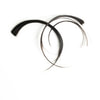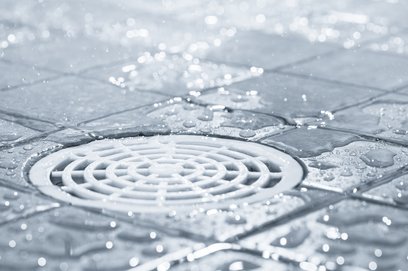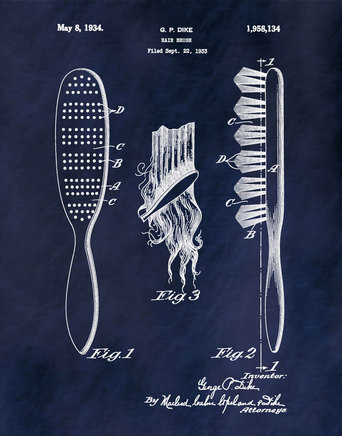|
6/30/2017 0 Comments As the Chair Turns (July 2017)What's Inside This Month
5 Things to Know Before & After Coloring Your Hair How to Maintain Your Hair While Traveling Guys: Keep Your Hair Perfect While Traveling Shades of Summer: Blorange Blossom Tips to Help Your Hair Grow Faster and Longer Guys: Grow Your Hair Without Looking Like You've Given Up Men's Medium Length Hairstyles Introducing: Gender-Neutral Pricing Understanding Your Hair Through It's pH Level Biggest Documentaries Coming Out This Year Unimportant Things You Really Ought to Take Photos Of Hair Fact: Towhead Recipe: Peach-Ricotta Cheesecake The Story of Hair - Fascinating History of Dreadlocks In the News: Hair and Beauty 6/30/2017 Handling Hairy Home SituationsNeed-to-Know Tips |
Hair by BrianMy name is Brian and I help people confidently take on the world. CategoriesAll Advice Announcement Awards Balayage Barbering Beach Waves Beauty News Book Now Brazilian Treatment Clients Cool Facts COVID 19 Health COVID 19 Update Curlies EGift Card Films Follically Challenged Gossip Grooming Hair Care Haircolor Haircut Hair Facts Hair History Hair Loss Hair Styling Hair Tips Hair Tools Health Health And Safety Healthy Hair Highlights Holidays Humor Mens Hair Men's Long Hair Newsletter Ombre Policies Procedures Press Release Previous Blog Privacy Policy Product Knowledge Product Reviews Promotions Read Your Labels Recommendations Reviews Scalp Health Science Services Smoothing Treatments Social Media Summer Hair Tips Textured Hair Thinning Hair Travel Tips Trending Wellness Womens Hair Archives
May 2025
|
|
Hey...
Your Mom Called! Book today! |
Sunday: 11am-5pm
Monday: 11am-6pm Tuesday: 10am - 6pm Wednesday: 10am - 6pm Thursday: By Appointment Friday: By Appointment Saturday: By Appointment |





 RSS Feed
RSS Feed